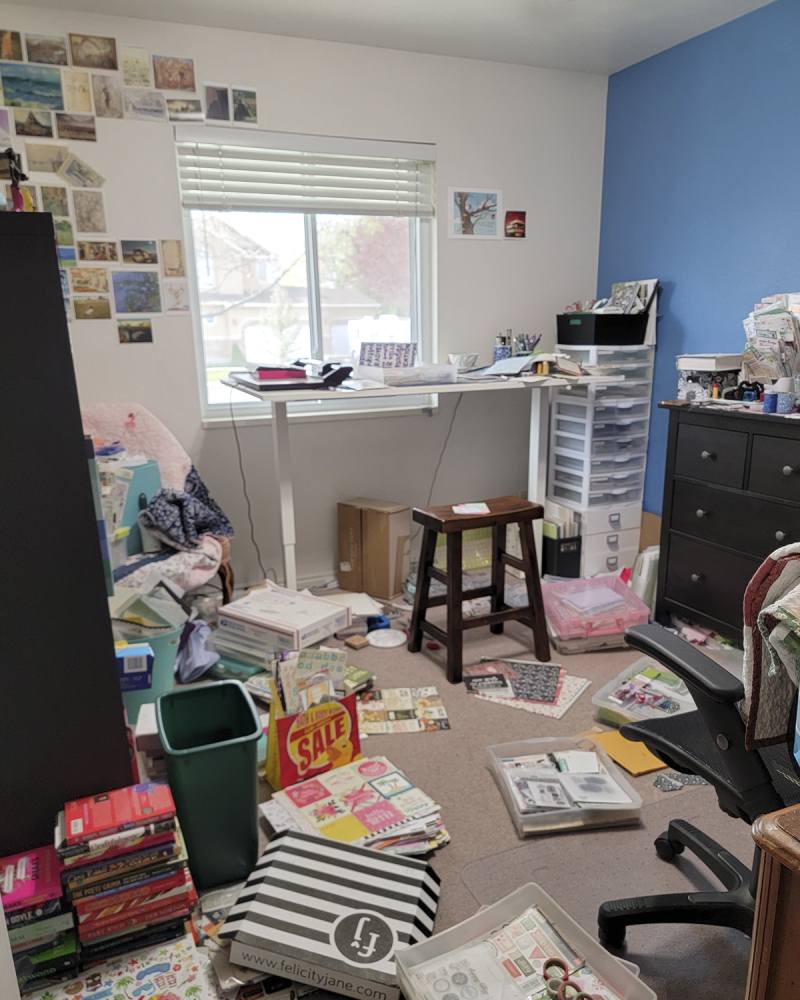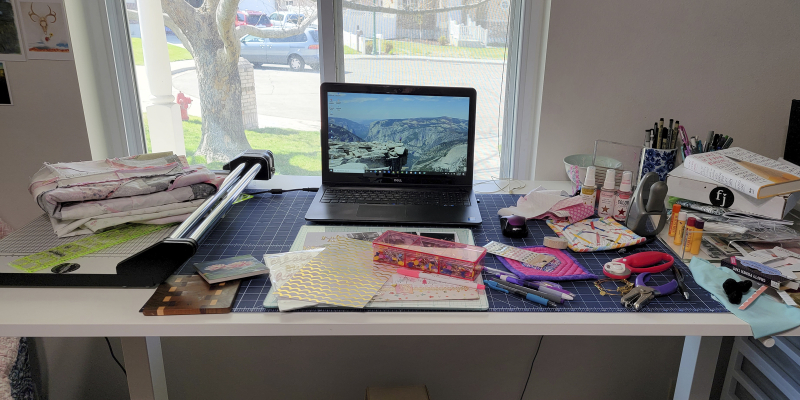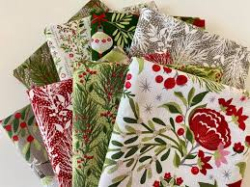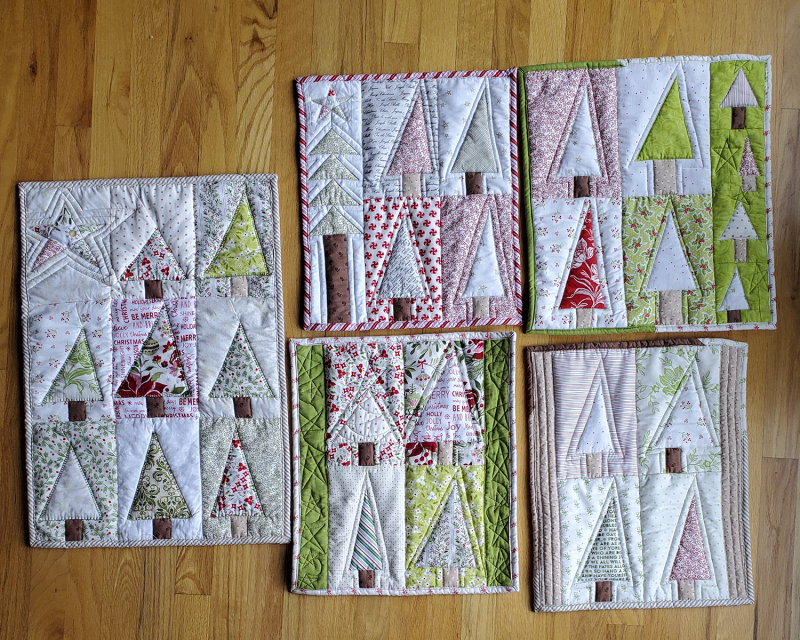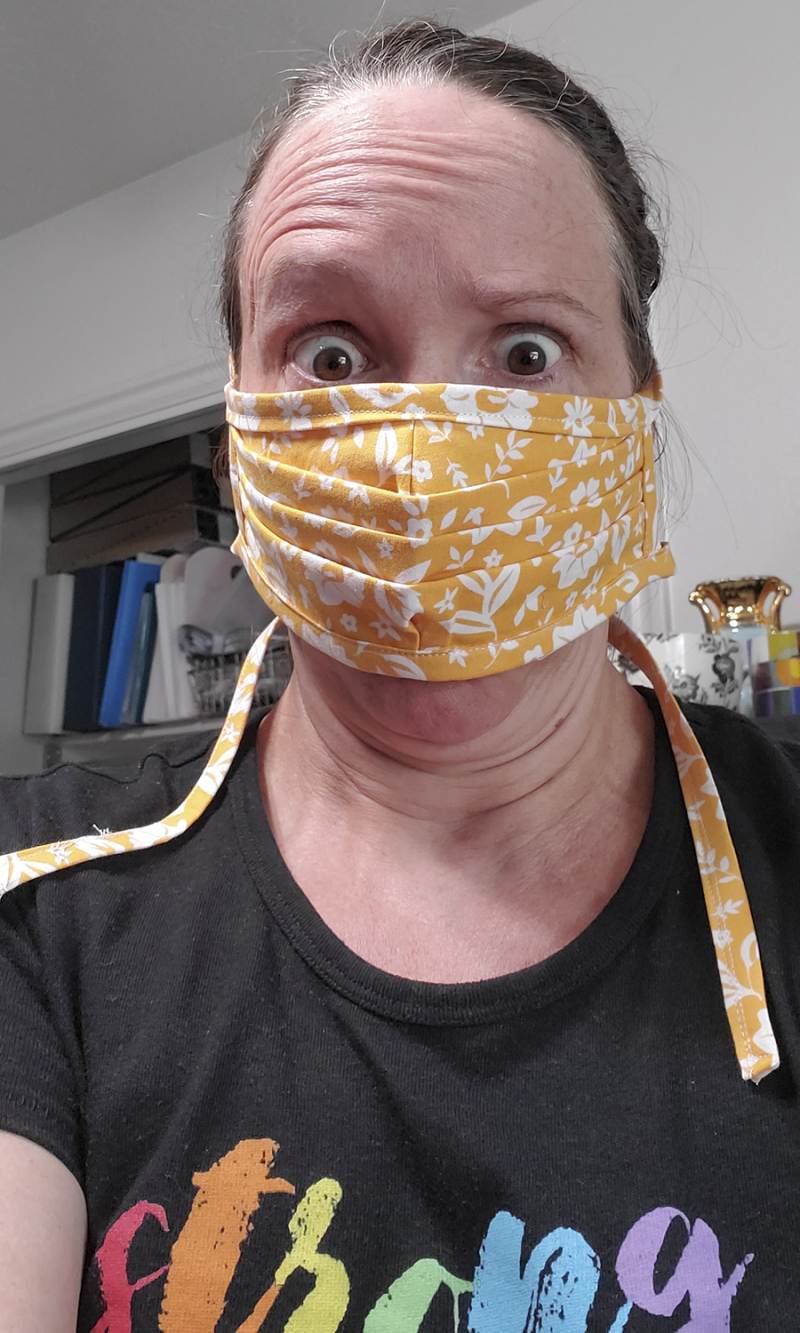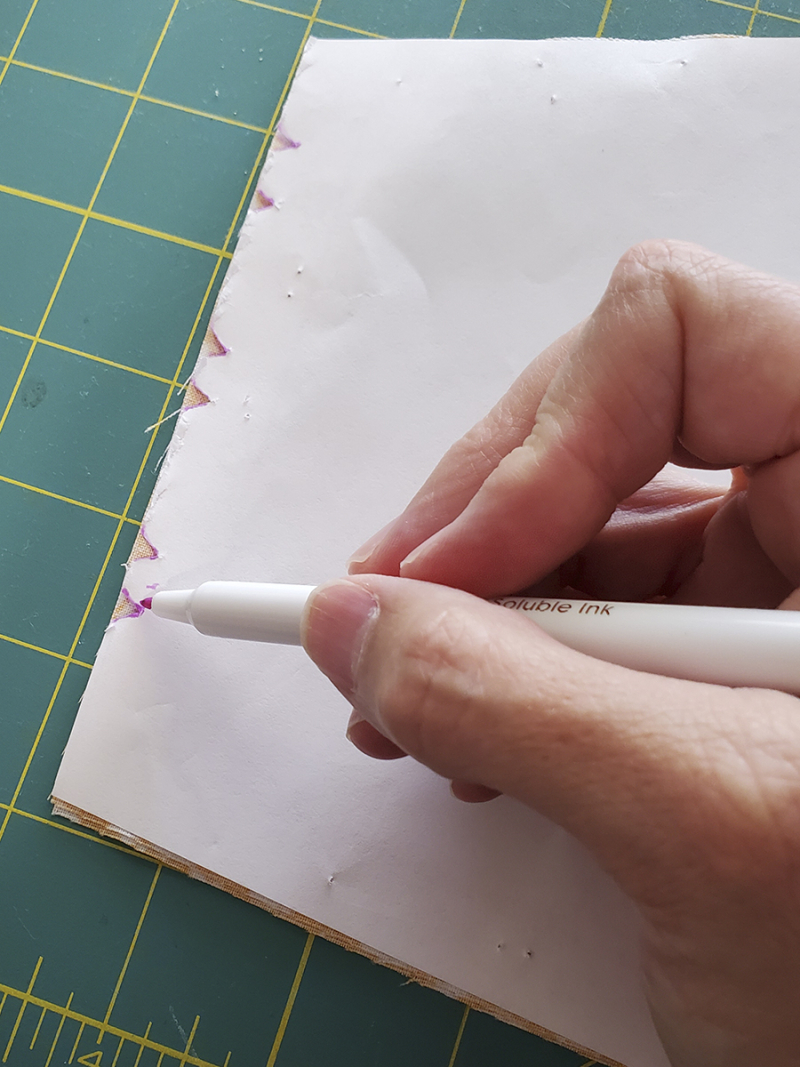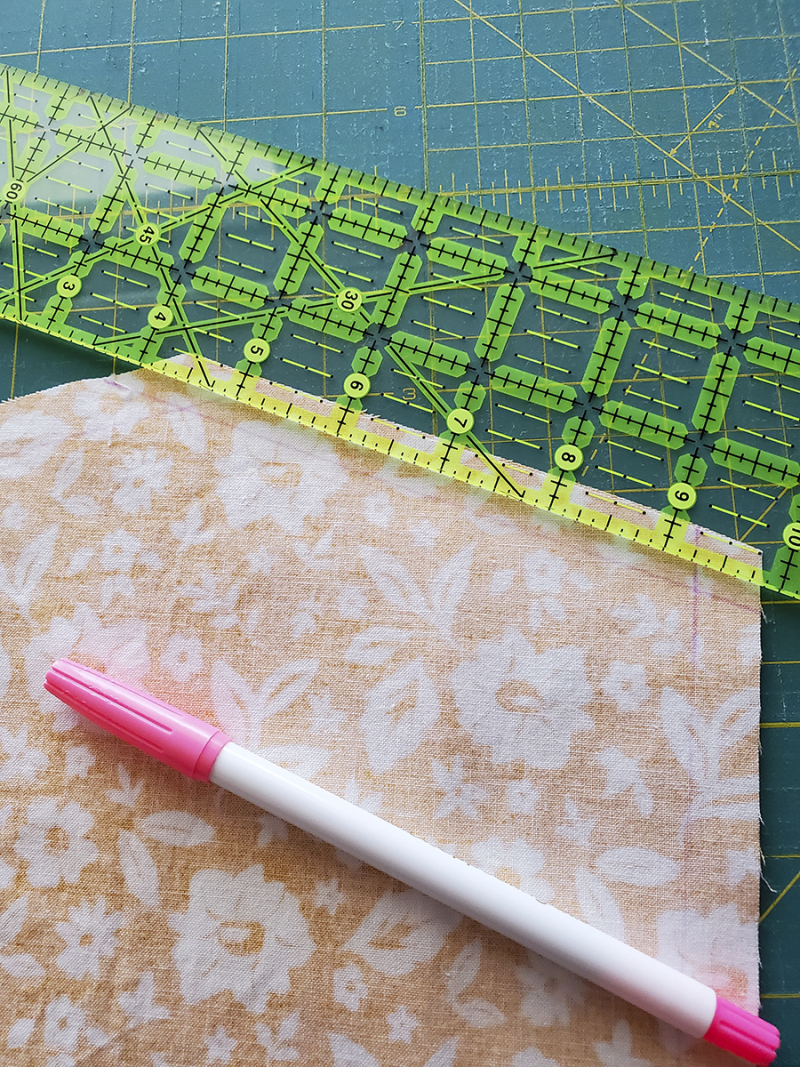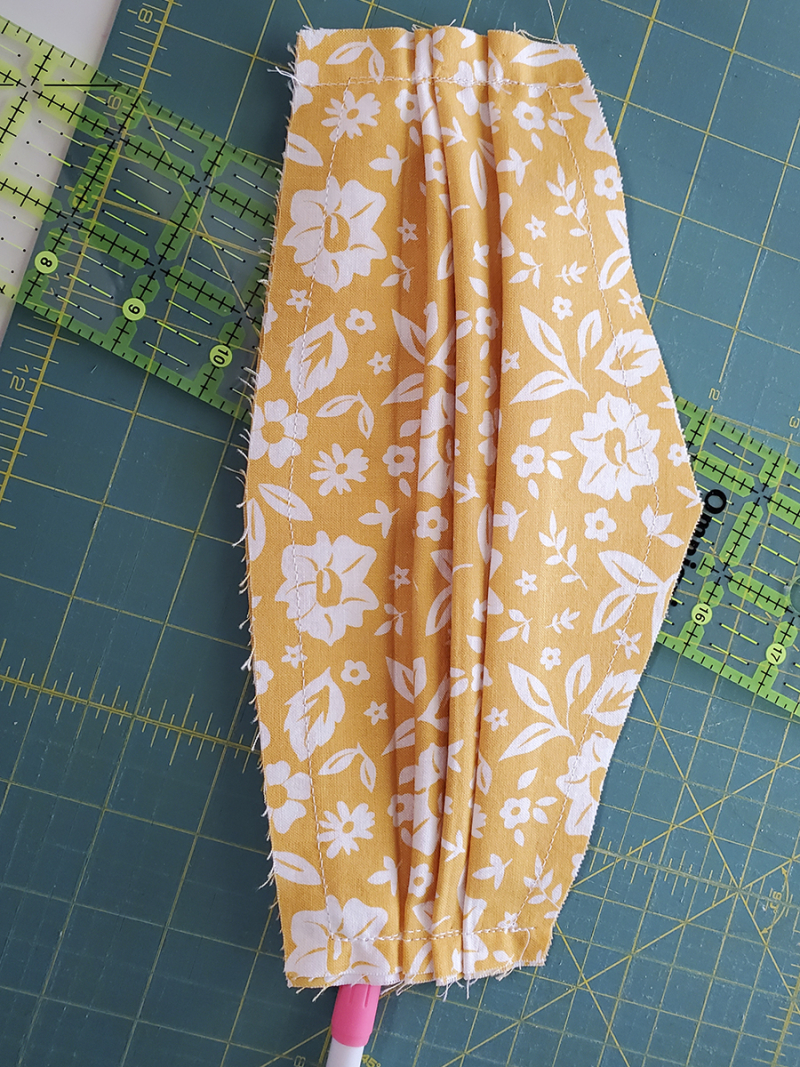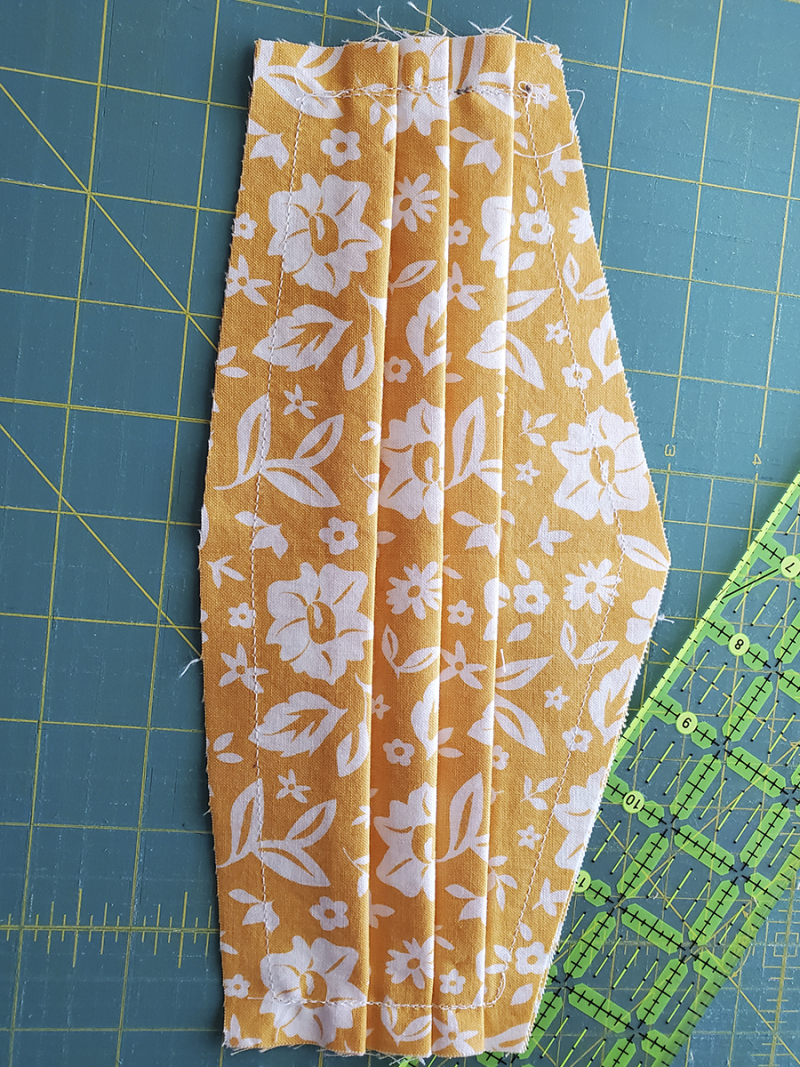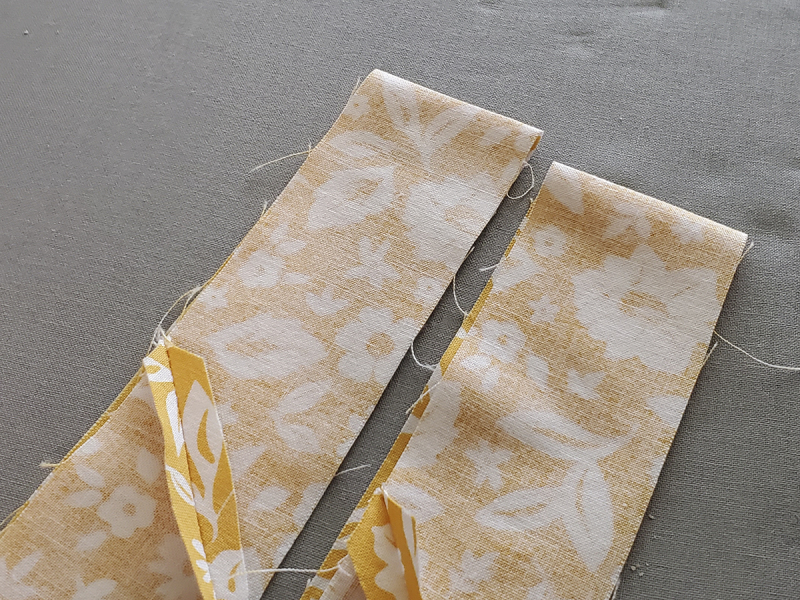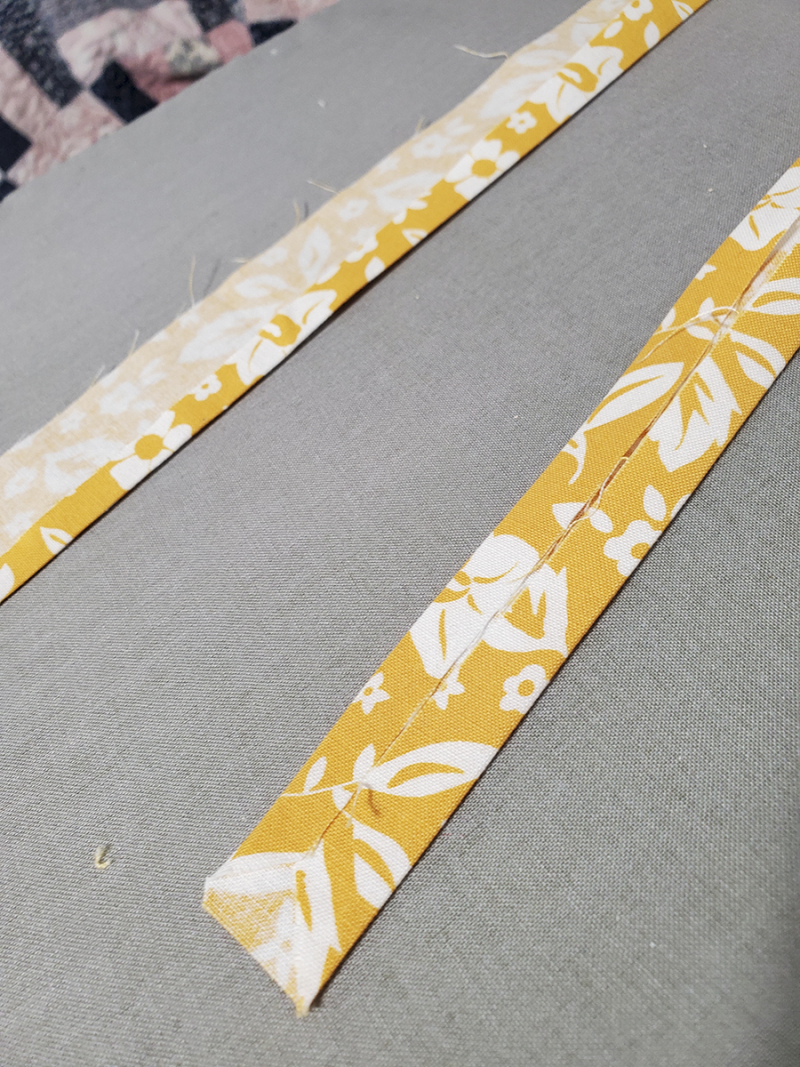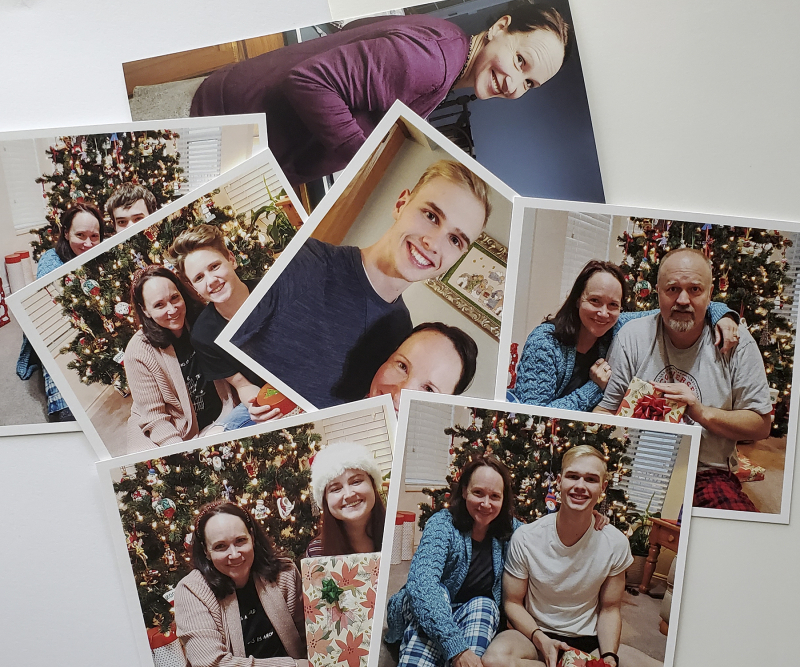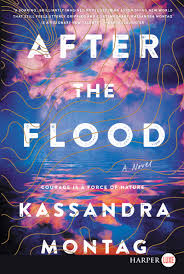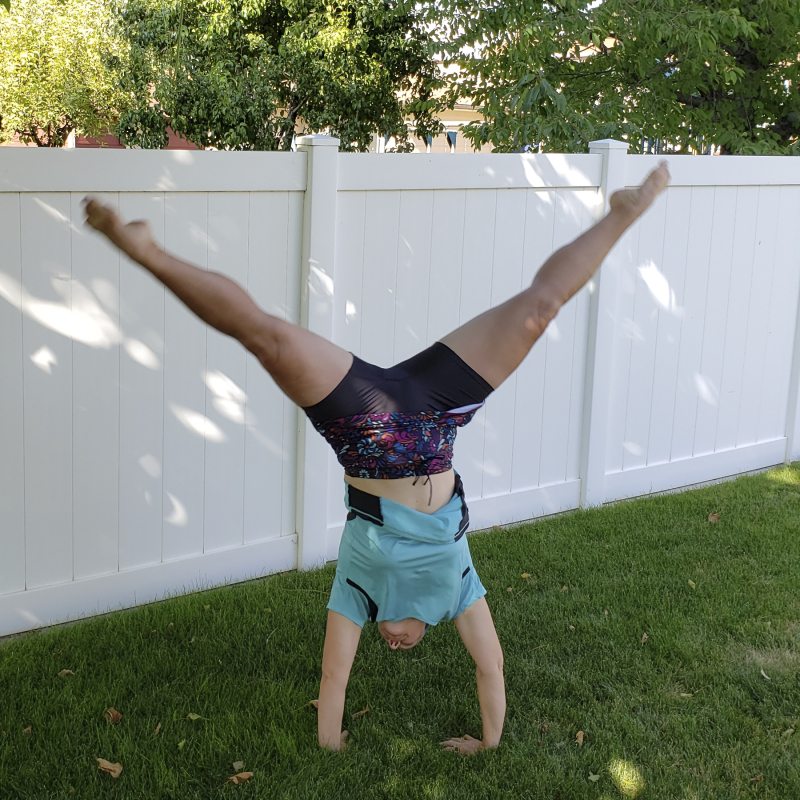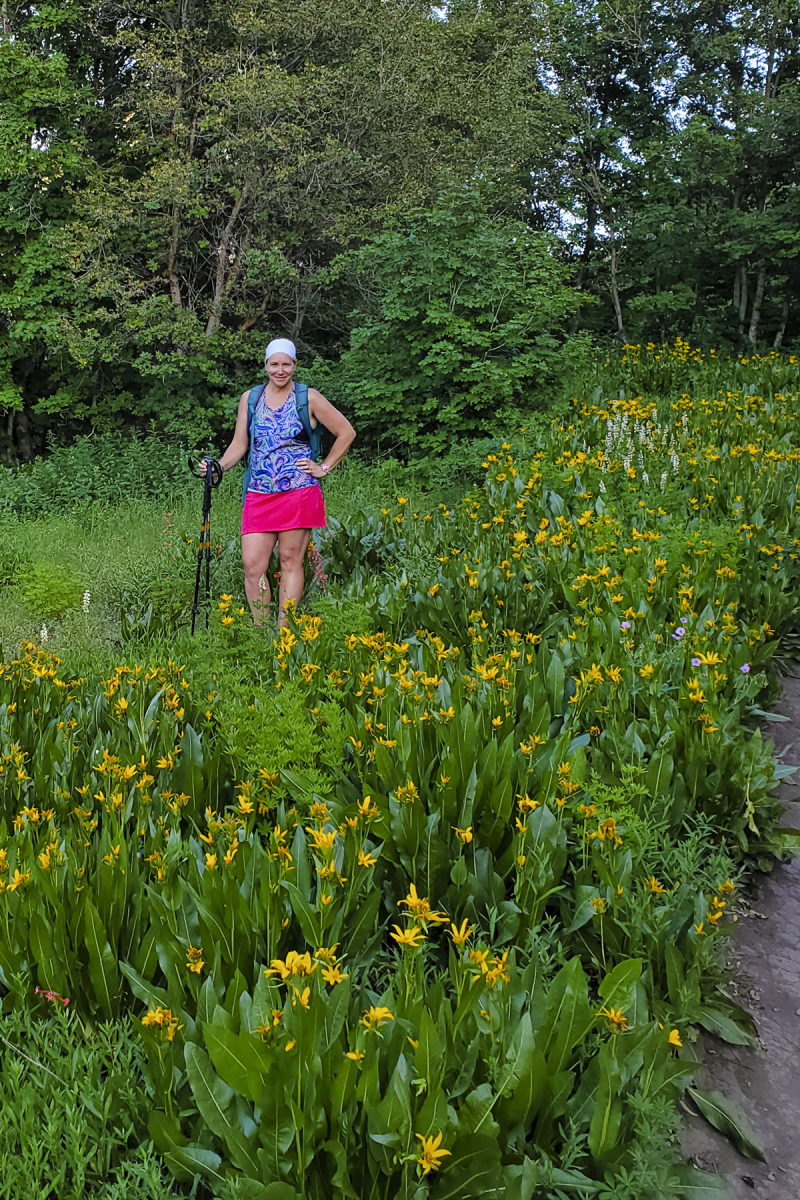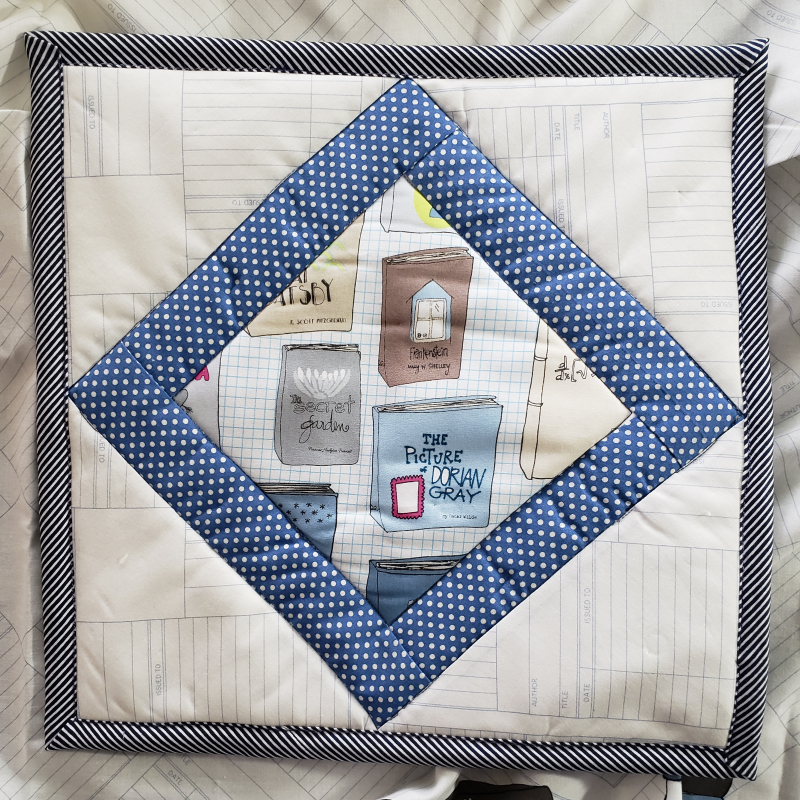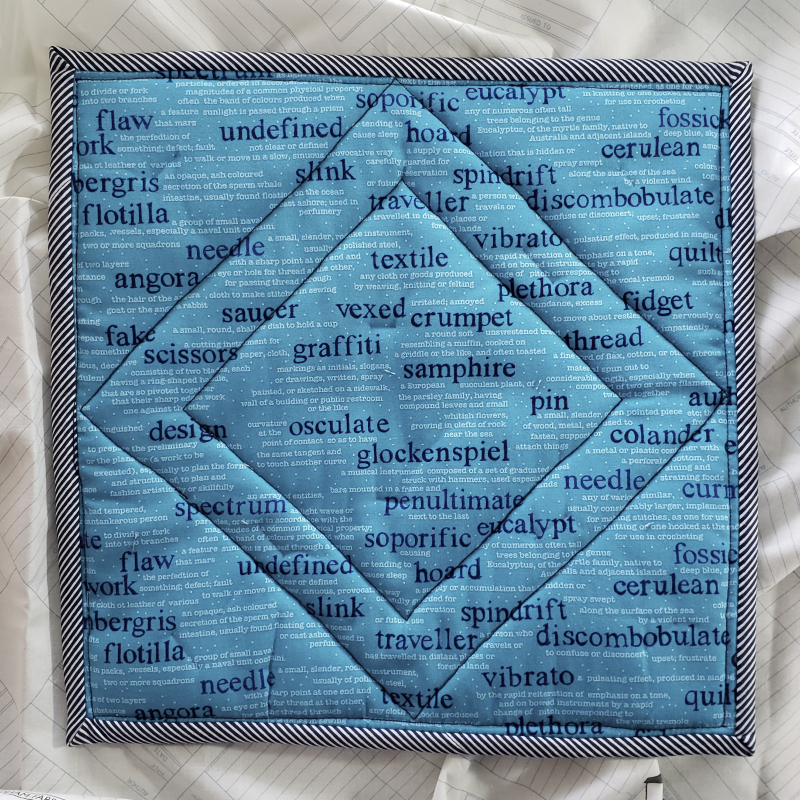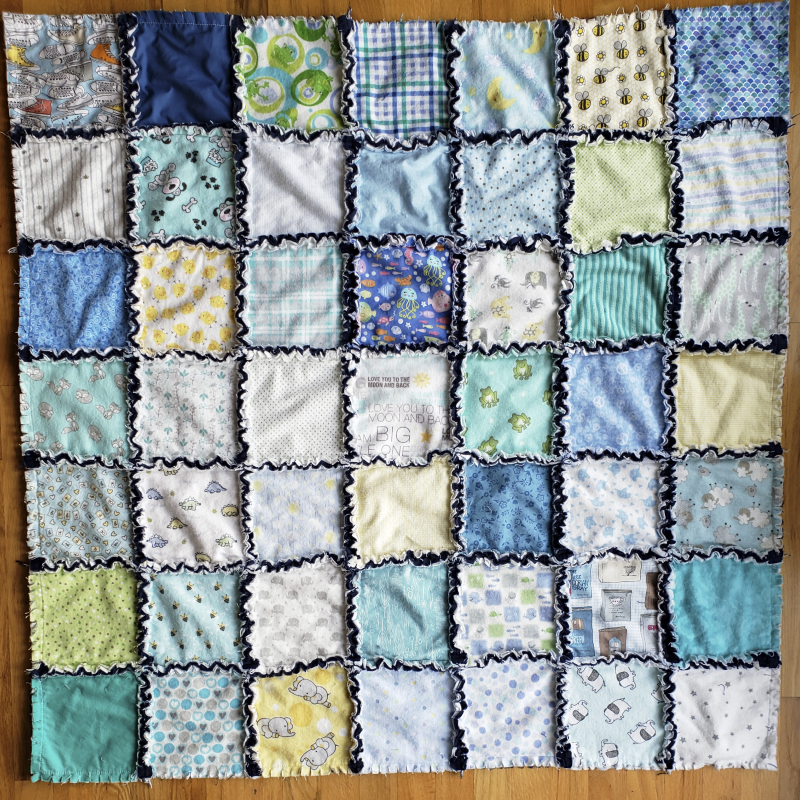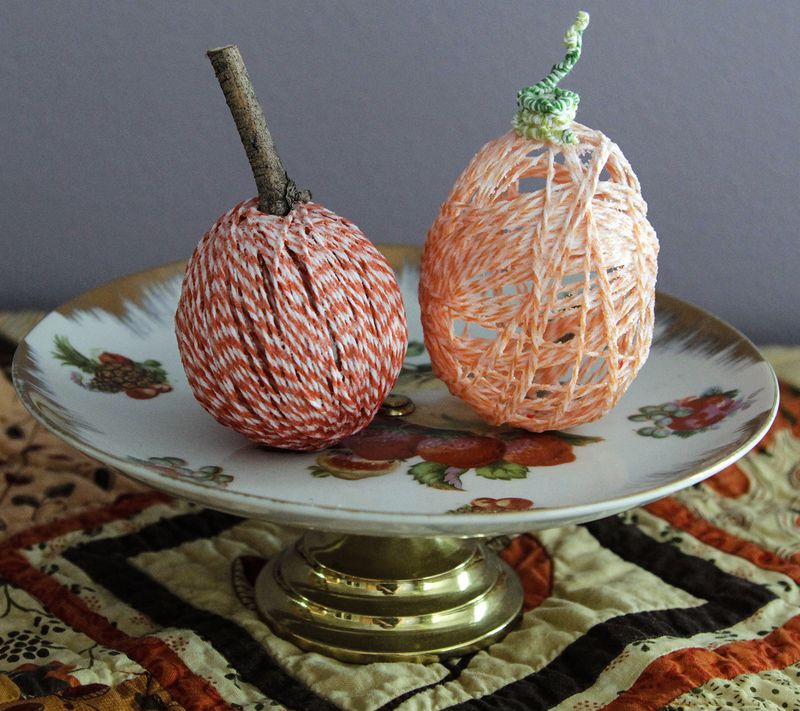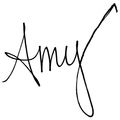Scrapbook Cull: What I've Learned So Far
Tuesday, April 27, 2021
About a week ago, Kendell and I somehow came to the decision that we should switch rooms. He’d move into the smaller, darker bedroom for his office and I’d get the brighter, bigger room for my crafty space. We’d previously thought my current table/bookshelf setup wouldn’t fit in that room (which is bigger but only has three walls because the fourth has a built-in bookshelf). I’m not 100% sure what sparked our conversation, but it got to a point where I said “well, it must be nice to be hanging out in here with all this light,” which is funny because Kendell likes a darker room than I do. We started measuring and figured out that yep, we could make it work.
Thus engendering this mess:
I decided that I only want to move what I am actually going to use. (You can read more of how I am choosing what to keep on THIS POST.) Kendell thought this would just take a couple of days but, alas, no. I am seriously pondering every piece of paper and package of stickers. I’ve got eight different give-this-to-this-person piles going. I’ve thrown away dried-out rub-on packages (I honestly don’t think I will ever buy a rub-on again because they definitely have a shelf life, which makes me wonder how long they will actually stay rubbed on to layouts), alphabet stickers with so few random letters left I couldn’t spell anything at all, many duplicate photos, and several half-finished mini albums I’d made for scrapbooking assignments (in the long-ago days when I had scrapbooking assignments).
I started by cleaning off my main table and then going around the room clockwise so I ended up with my closet full of product drawers. I have most of my supplies organized by color, the rest by theme. Five days later, I am almost through with that closet (about six drawers to go). I intend on finishing the drawers tomorrow and then I will start actually moving stuff from one room to another.
This is not the first time I’ve gotten rid of scrapbooking supplies or moved my crafty space. (I’ve actually had my stuff set up in each of our bedrooms at different times since we’ve lived in this house; my favorite room is the one I’m returning to because all of the kids slept there as babies, at one point or another, and it makes me happy to be in the same space their baby breaths lived.) So I know it can be a learning process, and I wanted to write down a few things I have learned so far.
- There are supplies I buy a lot of but use rarely. Namely, black foam alphas, white foam alphas, and anything green. Even though I set myself the goal of getting rid of stuff I don’t actually use, I kept most of these because I still know how I will use them, and it isn’t on imaginary layouts I might never get to create, but on specific topics I just haven’t done much. (This also applies to the baby boy drawer...I have very, very slowly scrapbooked Kaleb’s baby year. Not because I don’t want to, or don’t enjoy baby pages, but because I love them so much that if I hurry up and do them all, I won’t have any left to make. Please note the contrast between not wanting to “hurry up” and Kaleb’s age...he’s almost 16.)
- There are some photos I’m a little bit afraid to scrapbook. Not the topics themselves, but the photos. Namely: pictures from hiking and pictures from southern Utah. When the photos are of gorgeous places, what products do you use so as to add rather than detract from the gorgeousness of the location? (This is why I have all of those unused green products, by the way. Because they’d be great—I think!—with hiking photos.) Also, travel in general. I’ve done some awesome trips over the past decade but have made almost zero layouts about any of them.
- I had supplies grouped in awkward ways that made it harder to find things. One drawer with travel andbeach and summer was overwhelming to find anything in. (And only in my mind do birthday, Easter, and sports supplies go in the same drawer!) So I eliminated some categories and combined others and came up with new categories. Which means I’ve also gathered travel memorabilia and notes from random spots and put them all in the travel drawer with the travel supplies. I also have a drawer of hiking supplies, which I didn’t think I could do as not many manufacturers actually make many hiking-themed supplies, aside from a random hiking boot here and there. But I guess I’ve accumulated what has been made.
- My scrapbooking approach must change as my life changes. I’ve mostly caught up with Christmas layouts, for example, so I really do not need the massive amount of Christmas supplies I’ve accumulated. Same with Halloween. I still have a ton of untold stories about my kids, but if I stopped scrapbooking tomorrow, they would all have a lot of tidbits of their life recorded. I think it is OK if I also scrap more about myself at this point. (While still telling their stories as well.)
- It is impossible to discard any Basic Grey supply. I’ve tried. I just put them back. So pretty, so unique, and now completely irreplaceable. (RIP Basic Grey)
As I have gone through this process—which I am calling a cull rather than a purge because it feels more positive—I have had some self-castigation. I’ve definitely overspent. (Don’t tell my husband I said that. I will deny it to my dying day.) But I’ve also remembered some really cool stuff I have and should USE.
I’m excited to see how my new space comes together and to start scrapbooking (and quilting! but that’s a different post) with my supplies that feel enlivened by the reduction.
